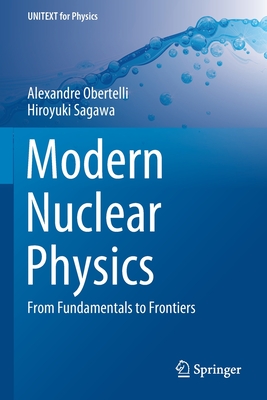Modern Nuclear Physics: From Fundamentals to Frontiers

Modern Nuclear Physics: From Fundamentals to Frontiers
PRP: 650.91 Lei
Acesta este Prețul Recomandat de Producător. Prețul de vânzare al produsului este afișat mai jos.
520.73Lei
520.73Lei
650.91 LeiLivrare in 2-4 saptamani
Descrierea produsului
Detaliile produsului









